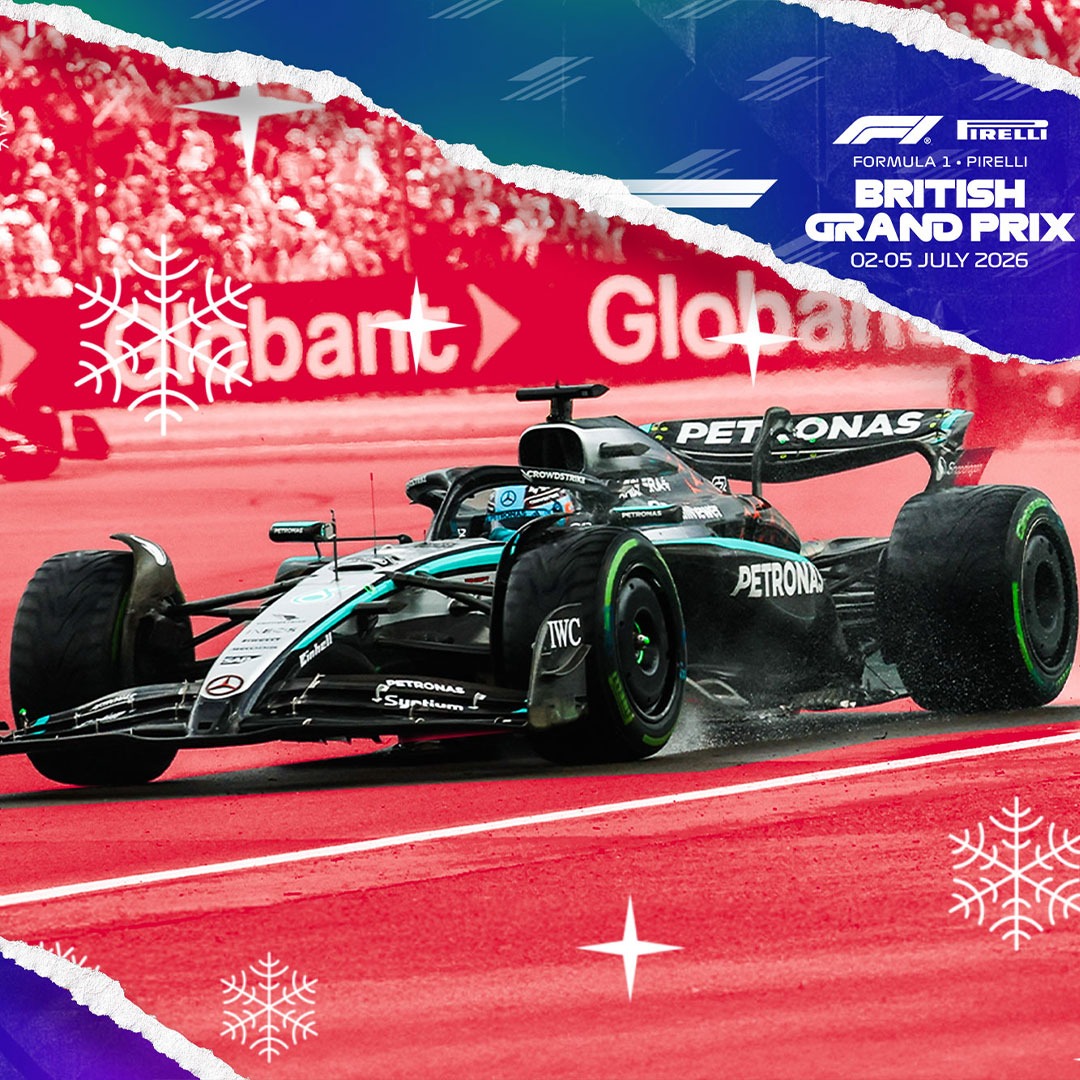
Everything you need to know about British GT at Silverstone
16 April 2025Now in its 33rd season, the British GT Championship remains one of the UK’s premier national motorsport series and one of the most prestigious GT series globally.
Overseen by world-leading GT promoter SRO Motorsports Group, British GT continues to be a fan favourite for its fierce competition, supercar-packed grids and drama-inducing multi-class format.
Silverstone hosts Round 2 of the 2025 campaign (25–27 April), with a bumper weekend of racing ahead. Here's everything you need to know before the action begins.
The classes
British GT grids are split into the GT3 and GT4 categories, both built around race-modified production supercars.
While GT3 cars pack more punch in both the engine and aero departments, GT4 offers ultra-close racing often featuring younger, upcoming talents.
Performance balancing and handicap weights are applied to keep the racing fair and competitive across both classes.
Driver grading
The Pro-Am group serves as British GT’s backbone, pairing professional drivers (graded Silver and above by the FIA) with Bronze-rated amateurs.
In GT3, Silver-Silver line-ups are no longer eligible. Instead, a dedicated Silver-Am class was introduced in 2021, offering a home for up-and-coming Silvers paired with Bronze-rated team-mates.
GT4 continues to welcome a mix of Pro-Am and Silver Cup entries, as well as the new for 2025 GT4 Endurance Cup, contested at Donington Park, Silverstone and Spa-Francorchamps.
Points system
Scoring is awarded to the top 10 finishers in each class.
1-hour races:
25, 18, 15, 12, 10, 8, 6, 4, 2, 1.
2–3 hour races (including Silverstone):
37.5, 27, 22.5, 18, 15, 12, 9, 6, 3, 1.5.

Pitstop and drive-time regulations
All races feature mandatory pit stops. Three-hour events – like Silverstone – require three pit stops per car.
A Pitstop Success Penalty is applied to the top three finishers from the previous round: +20, +15, +10 seconds (in races 2 hours or longer). Each car must meet minimum pitstop times – failing to do so results in stop/go penalties.
Drive-time rules also apply. For three-hour races, the starting driver in GT3 must complete at least 62 minutes, while GT4 starters must do 58 minutes.
Qualifying format
Qualifying is split by category and driver grading:
- GT3 Q1 followed by GT3 Q2 (Q1 must be contested by the Am)
- GT4 Q1 followed by GT4 Q2 (Q1 must be contested by the Am)
Each session runs for 10 minutes, with drivers completing a minimum of two timed laps.
At Silverstone, which features a single three-hour race, the lowest combined times from both drivers set the grid. The Am drivers then start the race.
Weekend schedule
Saturday
- 09:30 – Free Practice 1
- 12:20 – Pre Qualifying
- 16:15 – Qualifying (4x10-minute sessions split by class)
Sunday
- 09:35 – Warm Up
- 12:30 – Race (3 hours)
Support series
Support series run throughout both days – expect action from GB3, GB4, Ginetta GT Academy, Ginetta Juniors, and the Ginetta GT Championship.
2024 Champions and ones to watch
- Returning to defend his GT3 crown is Rob Collard with Barwell Motorsport, but this year alongside new team-mates Hugo Cook and Matt Topham.
- In GT4, reigning champion Jack Brown (Optimum Motorsport) headlines a fiercely competitive field, also with a new team-mate for 2025 in Marc Warren.
Ones to watch
- Alex Martin: 2024 runner-up in British GT GT3 class
- Sandy Mitchell: British GT Champion alongside Collard in 2020, 24 Hours of Spa winner (2019, 2020), British GT GT3 runner-up with Martin in 2024.
- Jonny Adam: British GT Champion in 2015, 2016, 2018 and 2019, Le Mans winner (2017 in GTE Pro and 2020 in GTE Am)













